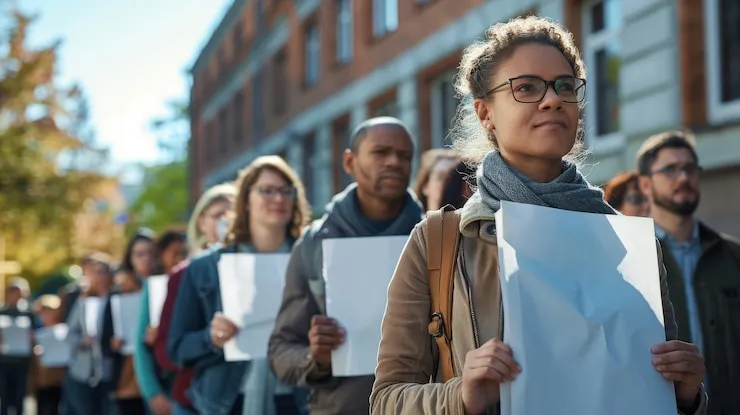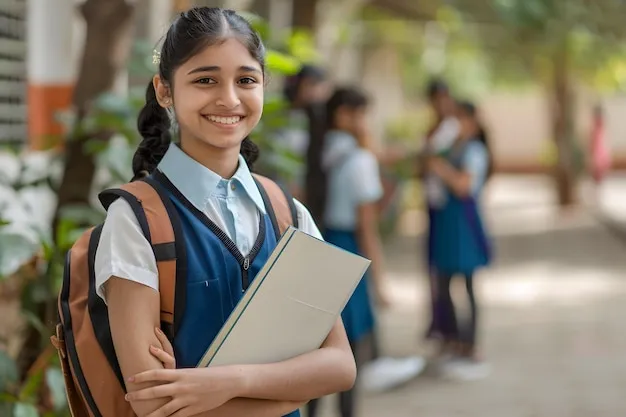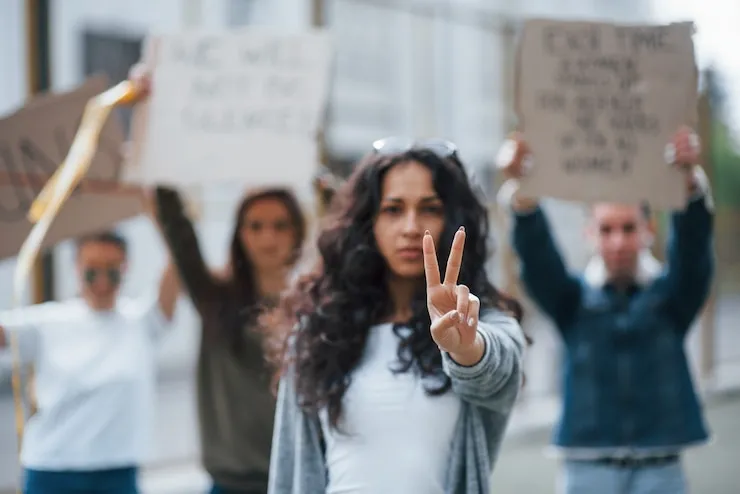You won’t understand Kerala’s education scene unless you’ve seen a campus protest up close. Somewhere between the slogans and hand-written banners, there’s a heartbeat. It’s been there for decades. In fact, some say politics in Kerala doesn’t begin in parliament—it begins on a college bench.
Student protests here aren’t rare events. They’re expected. Fee hike? Protest. Hostel problem? Sit-in. Bad food at the mess? March to the principal’s office. But it’s not all noise. There’s something deeper. This is where young people test their voices.
How It All Grew?

Let’s roll back to the early days. Kerala wasn’t always known for loud campuses. But the seeds were planted during India’s freedom struggle. Students were involved then—and kept that fire going after independence too.
By the 1960s and 70s, political parties saw campuses as serious ground. That’s when groups like the Students’ Federation of India (SFI) and Kerala Students Union (KSU) started building strongholds in colleges. These weren’t just youth wings—they were movement machines.
Unions weren’t just about votes. They dealt with real stuff: hostel leaks, library hours, unfair suspensions. Sometimes it got heated. Sometimes it got ugly. But through it all, a culture was born—of not staying silent.
Read Also: Classrooms in Kerala: Are Disabled Children Still Excluded
Why It’s Still Alive Today?
In 2025, things haven’t cooled off much. If anything, the issues have multiplied. Students now protest not just local problems, but national ones too—NEP, surveillance, self-financing colleges, even climate change.
What students are standing up for:
- Fee hikes in self-financing colleges.
- Digital surveillance in women’s hostels (CCTV debates are big).
- Unfair internal marks and teacher bias.
- Lack of mental health support on campuses.
- Gender neutrality in dress codes and restrooms.
Even school students have joined rallies—some marched against exam pressure in 2023. When was the last time Class 10 students joined a street protest? That’s Kerala.
Unions, Posters, & Loudspeakers
Every college has a few constants: classrooms, a canteen, and a student union. Whether it’s SFI, AISF, KSU, ABVP, MSF—there’s always someone organizing, planning, and printing posters.
During election week, you’ll find graffiti on every wall. Speeches echo through loudspeakers. Some students love it. Some hate it. But nobody can ignore it.
There are debates, sometimes literal ones on stage. And then there are fights—verbal or otherwise. A few go too far. Clashes between rival unions still happen. Chairs break. Windows shatter. Principals call police. It’s messy. But many say—it’s democracy in its rawest form.
Social Media’s New Role
This part’s new. A decade ago, protests lived on posters and pamphlets. Today? Instagram reels, Telegram groups, Twitter threads.
In 2024, a hostel protest in Kozhikode went viral after a student live-streamed the mess food. That video? Over 3 lakh views in two days. Suddenly, local media picked it up. The principal had to respond.
Protest is now digital, too. Students don’t just shout slogans. They share links. Start hashtags. Tag ministers. And guess what—it works.
Not Everyone's On Board
There’s always another side. Some students say politics ruins college life. They complain that classes get cancelled. Exams get delayed. Sometimes a few students control the whole campus mood.
A second-year BSc student from Kollam shared, “I came here to study chemistry. I didn’t want to join any union. But it’s hard. You get labeled quickly.”
There’s also pressure. Some feel forced to pick a side. Staying neutral is seen as weakness. This makes college life tough for students who want to focus only on academics.
Teachers Caught in Between
Ask a teacher in Kerala, and you’ll get mixed feelings. Many support student voices. Others are just tired.
Prof. Sheela, who teaches political science in Thrissur, said, “I admire how aware they are. But sometimes, everything becomes a reason to protest. We lose weeks of class time.”
But even she admits—student unions have helped fix problems administration ignored for years. “Sometimes a protest is the only thing that makes authorities act.”
Women Leading the Way
Here’s what’s changing fast: girls aren’t staying quiet anymore.
More and more female student leaders are stepping up. They lead marches. Face police lathis. Debate openly. And they talk about issues others ignore—menstrual hygiene, curfews, gender-neutral uniforms, LGBTQ rights.
But it’s not easy. Online abuse is common. Trolls call them names. Some even face threats. But they carry on.
As Anjali, a student from Maharaja’s College, says, “They say politics is dirty. But what’s dirtier is keeping quiet.”
Read: From Chalkboards to Smartboards: Kerala’s Education Budget
When Protest Becomes Progress?
It’s easy to mock campus protests. But many have brought real change.
- In 2022, a protest in a women’s college forced the administration to remove CCTV cameras from hostel washroom corridors.
- In 2023, union-led pressure helped a group of tribal students get scholarships that were delayed for 7 months.
- A 2024 sit-in by engineering students forced a college in Kannur to improve mental health counseling access.
So, yes—some protests go too far. But many fix things that would’ve otherwise been ignored.
Can There Be Balance?
That’s the big question now. How do you balance activism with academics?
Some colleges are trying things like:
- Open forums every Friday where students can raise issues without protests.
- Anonymous feedback boxes where students report problems.
- Joint student-teacher councils that meet monthly.
It’s slow. But it’s a start.
Kerala’s Identity: Still Loud, Still Awake

In many states, student voices have faded. Protests are rare. Silence is the norm. But not here.
Kerala’s students are still marching. Still asking tough questions. Still arguing with their teachers, their deans, their governments. And maybe that’s why the state remains so politically awake.
Is it perfect? No. But silence never changed anything. Maybe a poster on a college wall can’t solve every problem. But it can start something. And in Kerala, it often does.













